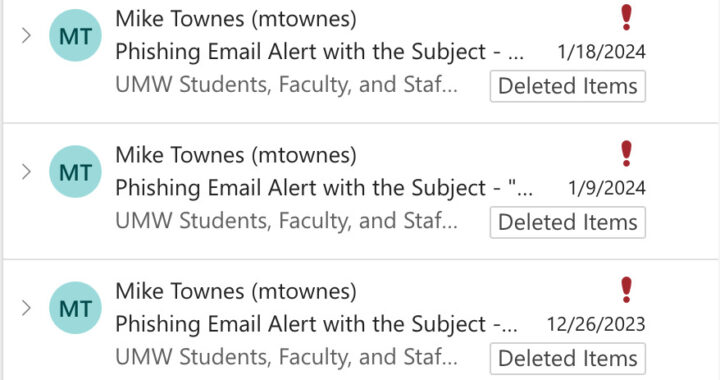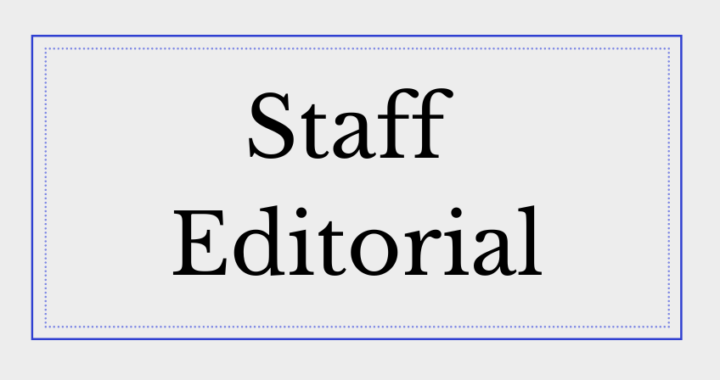TIDAL offers music for the sake of artistry, not profit
5 min read
Spotify does not properly compensate their artists. Emily Warren | The Weekly Ringer
NORAH WALSH & ALEXI WOODWARD
Opinion Editor & Staff Writer
Spotify’s low price to stream an endless amount of music may look appealing, but their practices have shifted from a focus on music to that of mere entertainment and profit. Due to their heinously low compensation for creators and lack of support for musical artists when conflicts arise, it is clear that Spotify doesn’t care about their musical artists and cares more about their streams. Thus, students should switch to TIDAL, a similar streaming platform that prioritizes artists.
Spotify and TIDAL are both large streaming services, offering over 50 million and 60 million tracks respectively. While this number of tracks for either platform is impressive, the compensation Spotify gives its artists is dismal, paying only $0.00331 per stream, yet they recently reported over $2 million in profits and over $2 billion in revenue. The compensation for their artists compared to their revenue and profits reflects that they don’t value their artists enough to pay them for their work.
TIDAL pays their artists $0.00927 per stream, which is significantly more than Spotify. For every 1,000 streams, artists on TIDAL make $9.27, while artists on Spotify make $3.31. Additionally, TIDAL gives comprehensive credit to all those who contributed to a song. This dedication to their artists demonstrates a superior focus on music, while Spotify focuses on entertainment as a whole to attract listeners.
Both platforms cost $4.99 per month for student subscriptions. For this price, Spotify includes access to Showtime and Hulu. Many students find this to be a perk of the platform but not because of increased access to music. Instead, added subscriptions included in the overall fee seem to draw listeners for the purpose of increased entertainment.
According to their website, “TIDAL is a global music streaming platform bringing fans closer to artists through unique experiences and the highest sound quality,” offering around 350,000 videos. These videos, which consist of “music videos, filmed live performance, and movies and documentaries about music,” according to the Soundguys website, indicate that the service is more fit for music lovers.
So why do so many people choose to stream music through Spotify?
One reason is the concern students have about losing their carefully curated playlists.
“It would be extremely difficult for me to make a switch to a different streaming service at this point,” said Reid Brown, a senior environmental science major. “I have a playlist with almost 4,000 songs on it that I have been making for the past three years now, and over half of those songs I wouldn’t even know what they are.”
However, this situation isn’t an issue, since TIDAL offers a service to import playlists from a Spotify account to TIDAL using TunemyMusic or Soundiiz, which are both provided on the TIDAL website. There is also a premium service that moves all of the music from one platform to another at once. All levels of the premium service are under $10.
Accessibility is another reason for people’s hesitation.
“Spotify is the most easily accessible for me and what I need,” said UMW alumnus Emmanuel Smith, a master’s program graduate with a degree in music technology, who has music on Spotify. “I’ll probably eventually move to TIDAL. They have the most features, and they pay the artists the best. As consumers though, most people don’t really care about how much the artist is making.”
While TIDAL offers “unique experiences” for listeners, Spotify has more independent artists. This is most likely related to the process it takes for artists to get their music on the respective platforms, since Spotify’s acceptance process is much more lenient. TIDAL’s process ensures that the music they offer meets a certain expectation, making it more difficult for indie artists to upload their music to the platform.
Spotify doesn’t care about the standard of music they allow on their platform, for allowing indie artists to upload their music without much overview attracts more listeners to the app. This exploits these smaller artists, since the intention behind hosting them is for profit, not for the shared love of music. More artists means more listeners, and more listeners means more profits.
Many listeners may find Spotify more attractive than TIDAL because of the number of podcasts Spotify offers, as well as their exclusive podcasts like “Call Her Daddy” and “The Joe Rogan Experience.”
However, advertising these exclusive podcasts detracts from the initial purpose of Spotify, which was to listen to music, and it seems that the streaming platform is in search of podcast listeners rather than music-lovers.
For example, Spotify is currently dealing with an internal conflict amidst their artists. The popular podcast “The Joe Rogan Experience,” which is hosted by Joe Rogan, released an entire episode of misinformation regarding the COVID-19 pandemic. This information has referenced the COVID-19 vaccine, death rates reported by hospitals and conspiracy theories about the pandemic as a whole.
In protest of this misinformation, Neil Young demanded that the podcast episode containing the misinformation be removed from Spotify or else he’d remove his music from the streaming service. When Spotify refused to remove Joe Rogan’s podcast episode, Neil Young removed his music, and his label backed him up.
After Spotify chose Rogan’s podcast over Young’s music, multiple artists on Spotify followed suit and removed their music from the streaming platform in solidarity. The artists included Joni Mitchell, Graham Nash and India.Arie.
Shortly after her music’s departure from Spotify, India.Arie released a statement criticizing Spotify for its mistreatment of artists. “Paying musicians a Fraction of a penny? and [Rogan] $100M?” said India.Arie. “This shows the type of company they are and the company that they keep.”
India.Aria’s comment was indicative of Spotify’s change of focus since the artists who took their music off the platform had fewer listeners than “The Joe Rogan Experience.” The artist with the most listeners, Neil Young, had 5,389,351 monthly listeners, and Graham Nash had the fewest with 516,733 monthly listeners. To compare, Rogan’s podcast, which is exclusive to the platform and was signed for a reported $100 million, attracts about 11 million people per episode.
Therefore, students should switch from Spotify to TIDAL. Spotify’s prioritization of the most profitable media—even if it has potential to cause harm through the spread of misinformation—illustrates how Spotify is no longer about supporting artists and celebrating music: it’s about profits. TIDAL offers an alternative option that is easy to switch to and that values their artists much more than Spotify.











